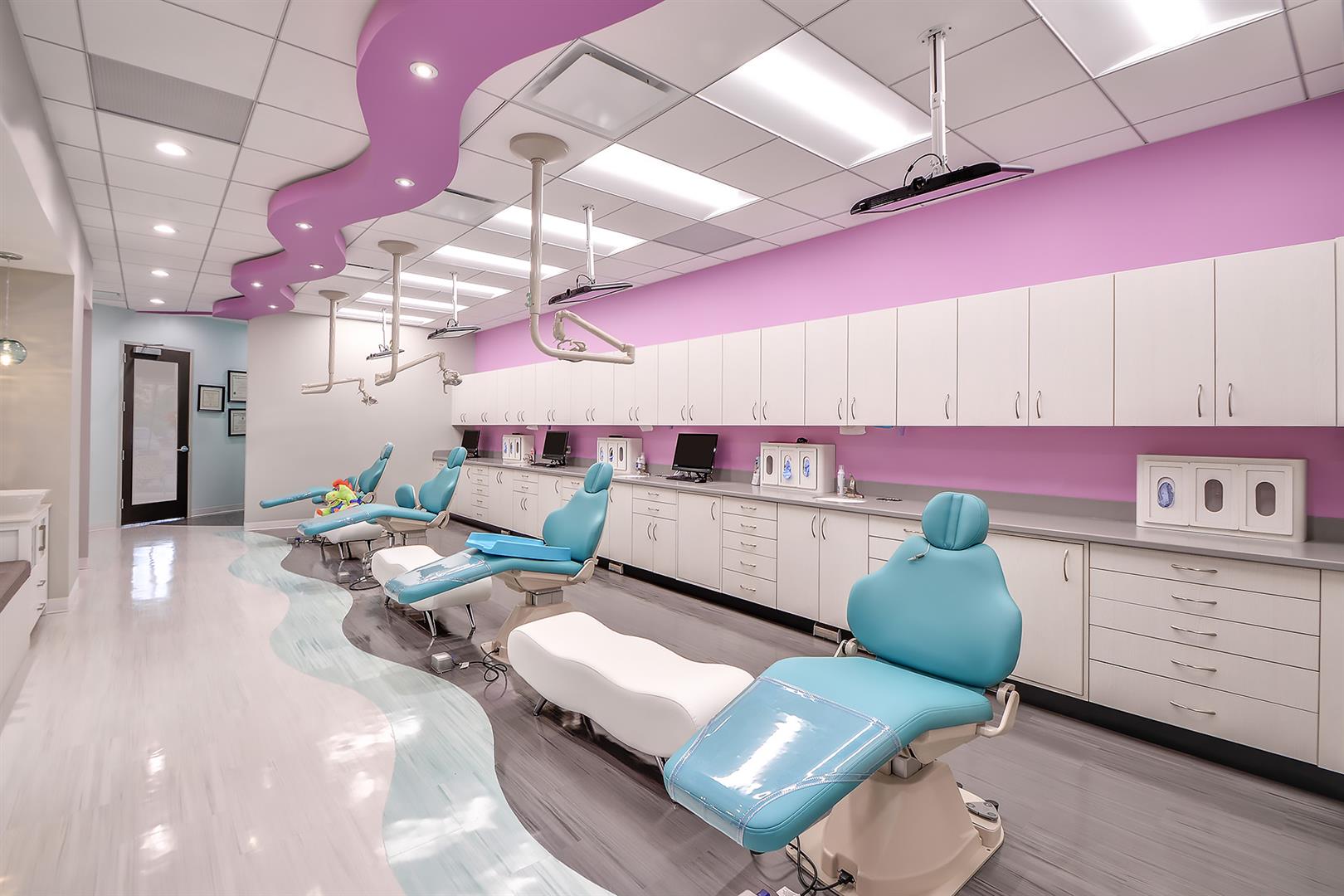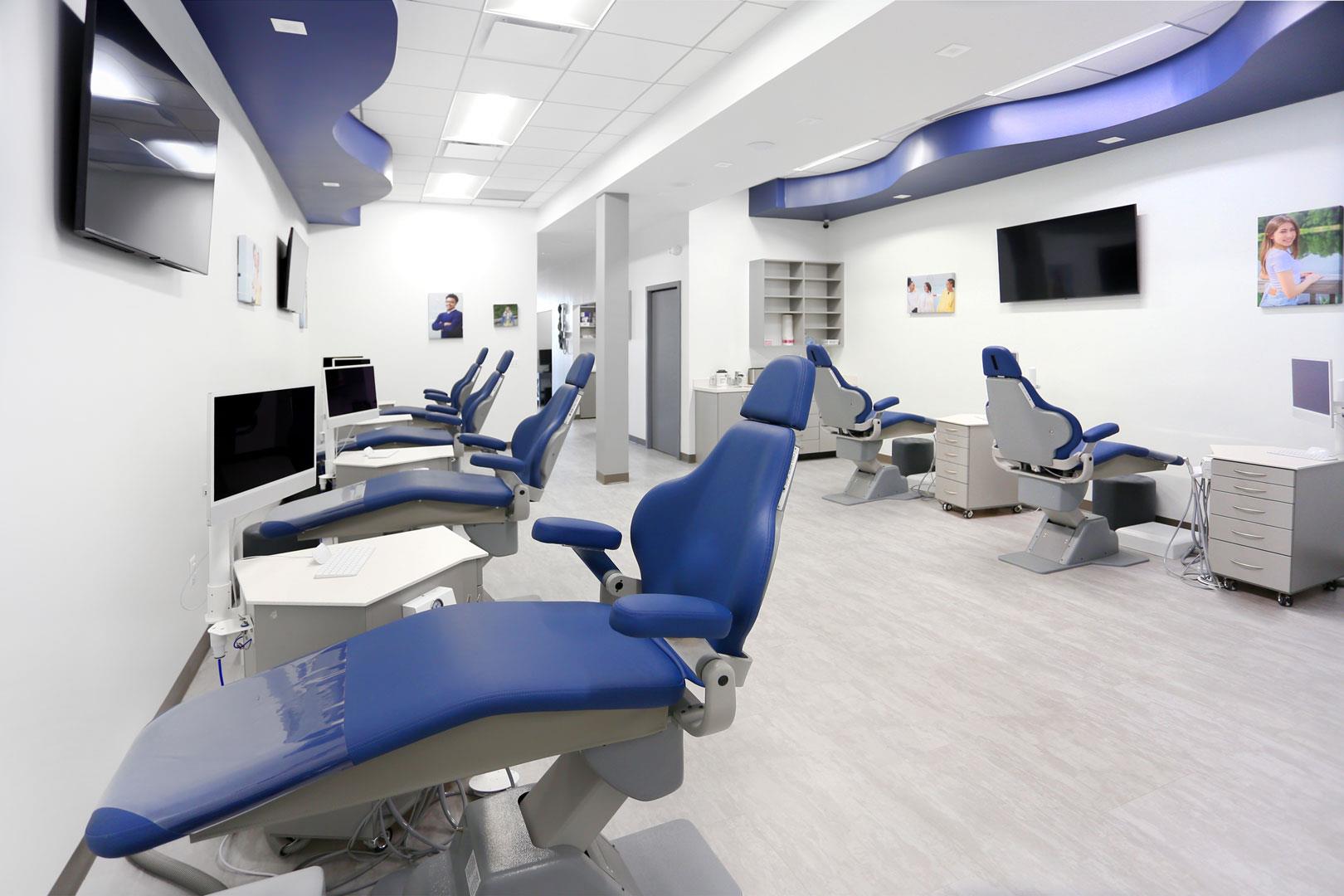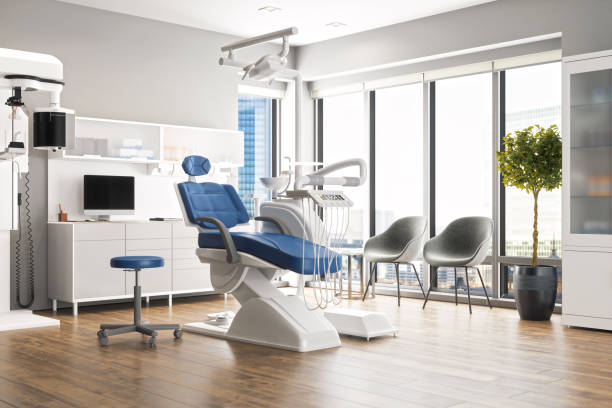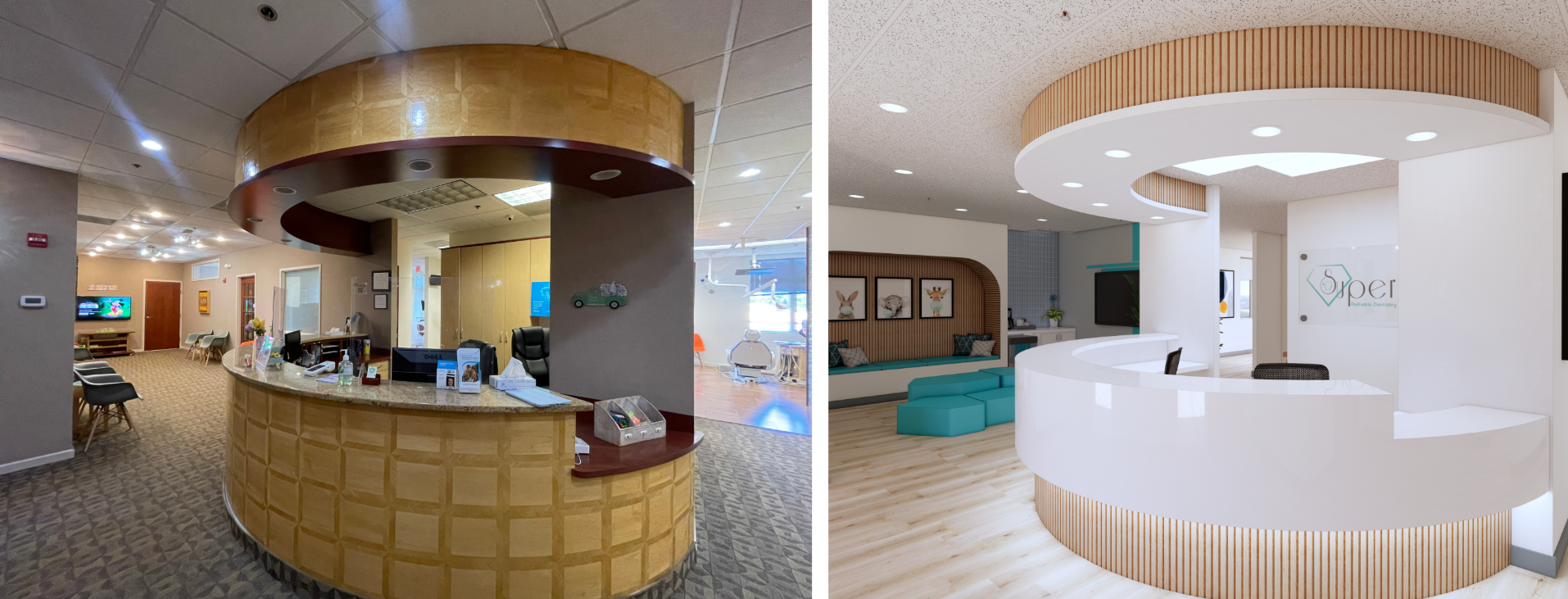One of the most common goals we hear from doctors planning their first practice is this:
“I want to build my office without spending any money out of pocket.”
It’s a smart instinct — nobody wants to overextend themselves financially before opening their doors. But as experienced advisors in dental and medical real estate, design and construction, we’ve seen this expectation fall apart more times than we can count.
In this article, we’ll break down the myth of the no-money-down build-out, and what to realistically expect when financing and constructing your new dental office.
The Reality of Construction Costs
Let’s start with the math.
In today’s market, construction for a medical or dental office typically ranges from $145 to $255 per square foot. That doesn’t include equipment, technology, cabinetry, or startup capital like marketing and payroll.
Even if you receive Tenant Improvement (TI) money from your landlord — which is common in commercial real estate — it rarely covers the full cost of your build-out. For example, you might receive:
- $30–$75 per square foot as a tenant improvement allowance
- Possibly an additional $20–$40 per square foot amortized into your lease over time
That still leaves a significant gap — one you will need to fund with either a business loan or personal capital.
TI Money Isn’t Free
Many doctors believe that if the landlord is covering part of the construction cost, it’s a “freebie.” It’s not.
Even when TI funds are offered, the landlord is factoring those costs into your lease terms. And when part of the allowance is amortized (i.e., paid back over time as part of your rent), you are still financing it — just through your rent instead of a loan. And remember, TI money is a REIMBURSEMENT- not an upfront payout.
You’re still paying for the build-out — just in different clothing.
What About Finding a Turnkey Space?
Yes, in rare situations, you might find a former dental office or a space where the landlord offers a fully built turnkey solution. But here’s what we typically see:
- The space is outdated and needs substantial upgrades
- The floor plan isn’t optimized for your workflow or specialty
- The systems (plumbing, electrical, suction, air) don’t meet your equipment requirements
Even in those scenarios, most providers end up investing a significant amount of money to modify or upgrade the space.
Don’t Let “Bare Minimum” Fool You
Another common misconception is the idea that asking for a “bare bones” build will dramatically reduce your cost. Many doctors think this means skipping high-end finishes or custom cabinetry.
But the major costs of a dental or medical build-out aren’t cosmetic — they’re behind the walls:
- Mechanical, electrical, and plumbing (MEP)
- Dedicated power lines for equipment
- Engineering for suction, air, and sterilization
- HVAC zoning and controls
These costs don’t go away with a “simple” or “basic” design. You still need the infrastructure that makes your practice function safely and efficiently.
The Danger of Signing Too Early
Many doctors sign letters of intent (LOIs) or leases before fully understanding:
- What their space needs
- What the build-out will cost
- Whether the landlord’s TI offer is enough
Once an LOI is signed, renegotiating monetary terms is difficult. Landlords are unlikely to revise their TI terms significantly, and you may find yourself stuck in a lease you can’t afford to build out.
Always confirm construction budgets and financing before you commit to a space.
What to Do Instead
1. Plan Before You Sign
Engage a dental-specific Project Manager early. They can help you validate your budget and avoid getting locked into unrealistic numbers.
2. Expect to Invest
Plan for a combination of landlord contributions and outside financing. Whether that’s a loan, line of credit, or personal capital, you’ll need a source of funds beyond TI money.
3. Get a Dental-Experienced Designer
Architects who don’t specialize in dental or medical often miss critical layout and engineering needs. That leads to costly redesigns — and change orders — later. And let them come up with your final floor plan– not just a test fit.
Final Thought: Don’t Lie to Yourself
It’s easy to fall in love with a location or get excited about building your dream practice. But if you’re serious about protecting your time, your money, and your future, you need to be honest about what it takes to build your space properly.
“Not coming out of pocket” is a nice idea — but it’s rarely a reality.
With the right planning and support, though, you can still build smart, stay within your budget, and set yourself up for success.
📩 Need help planning your dental practice build-out?
Talk to our team of advisors for expert guidance from site selection to grand opening.




